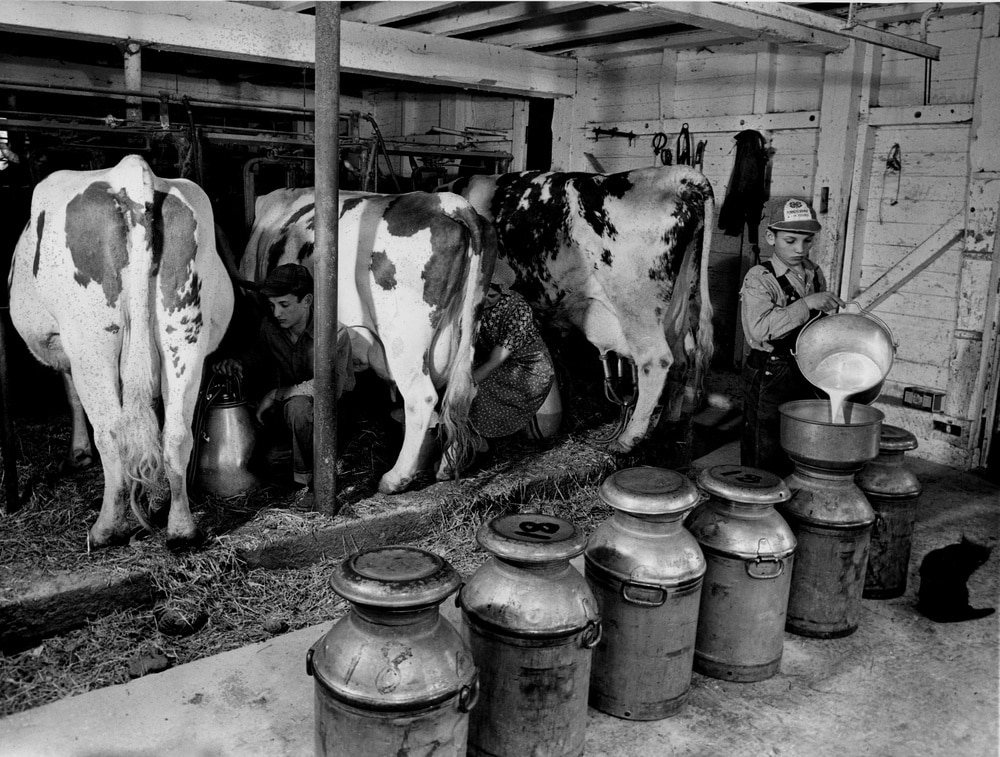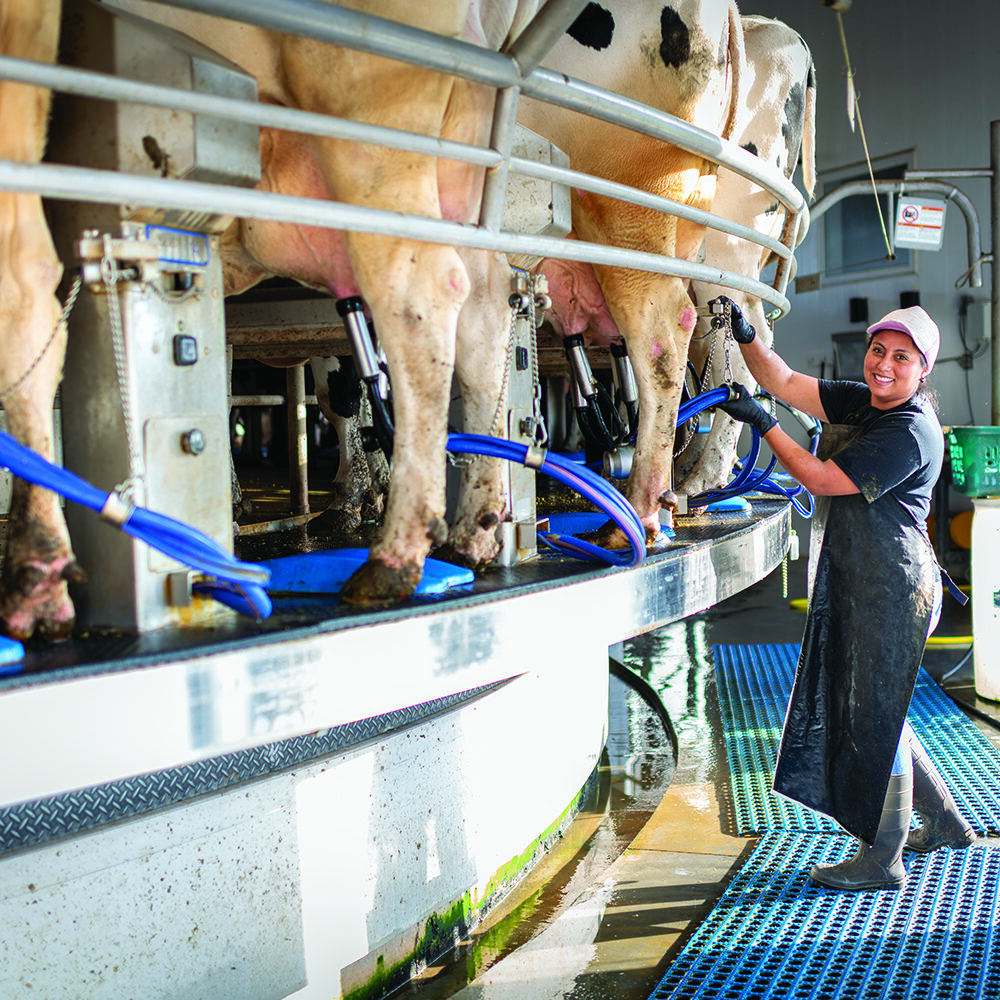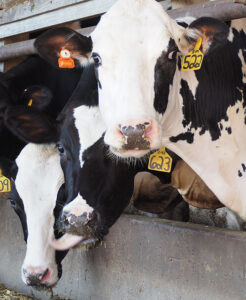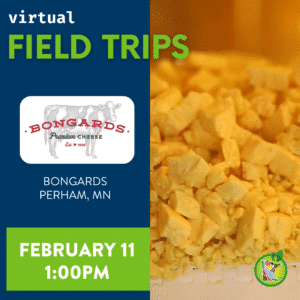Many Kinds of Dairy Cattle
There is more to cattle than cows. Here are some terms you should understand about dairy cattle.

Calf
A baby dairy animal

Cow
A female dairy animal that has given birth.
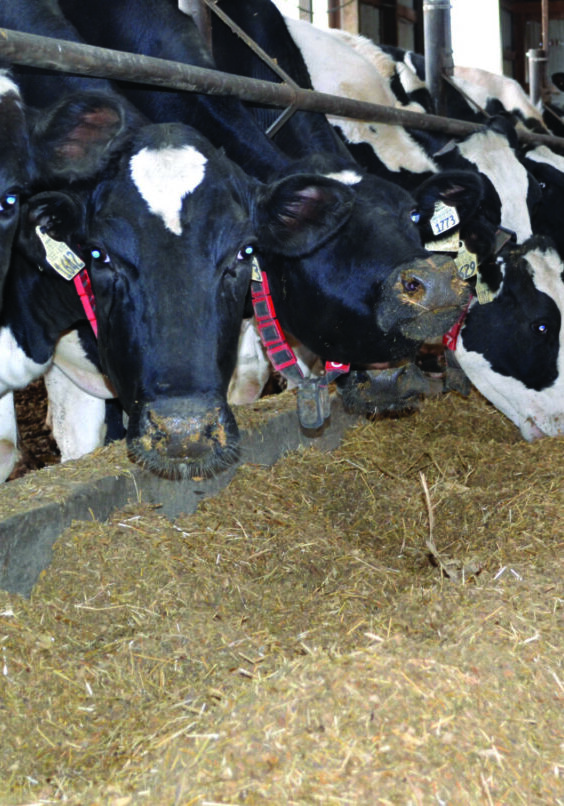
Heifer
A female dairy animal that has not given birth.

Bull
A male used to breed cows and heifers
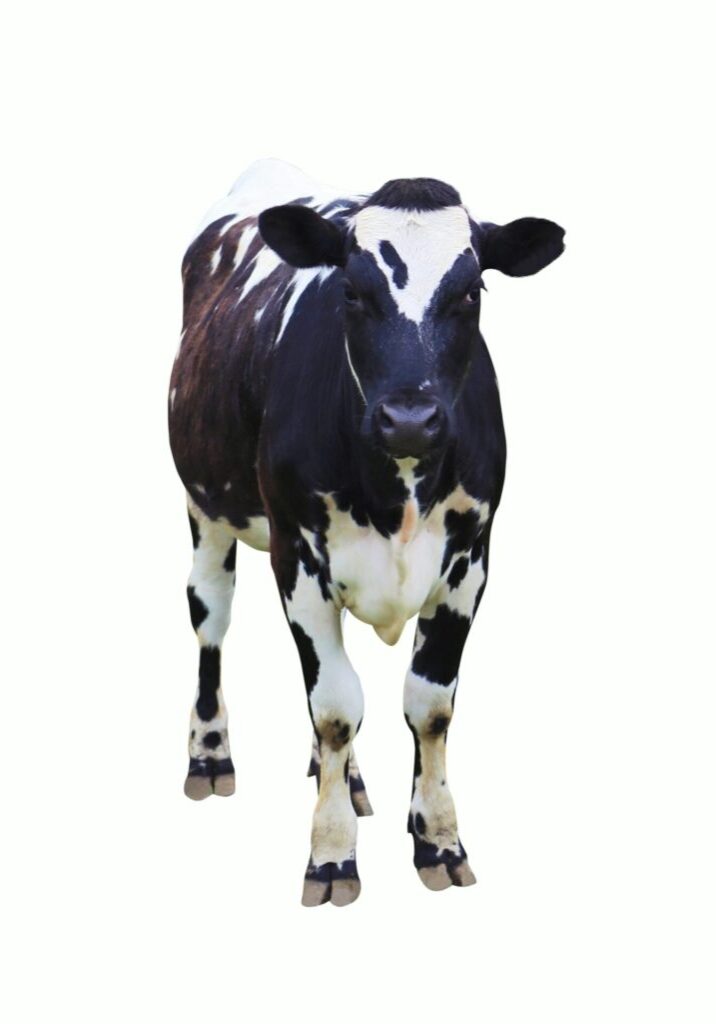
Steer
A male dairy animal that is only used for meat.
Many Uses for Dairy Cattle
So many different dairy products start out as milk from dairy cattle. These dairy products are sold all over the world, including milk itself, cheese, yogurt, ice cream, butter, cottage cheese, among others.
Dairy products are very nutritious. Together, milk, cheese, and yogurt provide nine essential nutrients, including calcium, potassium, phosphorus, protein, vitamins A, D and B12, riboflavin, and niacin. Calcium is a major nutrient that helps build strong bones.


Dairy in Minnesota
Every state in the United States has at least one dairy farm. California is the largest dairy state, followed by Wisconsin. Minnesota is the seventh largest milk-producing state in the U.S. The average dairy cow in Minnesota produces 19,700 pounds of milk each year. That is nearly 2,300 gallons of milk!
Raising Dairy Cattle
Producing milk starts with the cows. In order for cows to be able to give milk, they have to have a calf first. Dairy cows are milked two to three times a day and will produce eight or nine gallons of milk each day. In order to produce that milk, a dairy cow eats approximately 100 pounds of feed a day. That feed typically consists of hay, grain, proteins (such as soybean meal), vitamins and minerals, and silage.
Silage is plant material used to feed cows when pasture land is not available, which in Minnesota is in the winter. It can be made from all parts of the plant (grain, stem, leaves). Corn is often used in Minnesota, while different kinds of grasses are used in other places. The silage is fermented, which keeps as many of the nutrients as possible in the plant material. Silage is kept in a large airtight bag or a silo. You may have seen silos when driving through rural area. They are very large. Cows will also drink 30 gallons of water each day, which is equivalent to a bathtub filled with water.
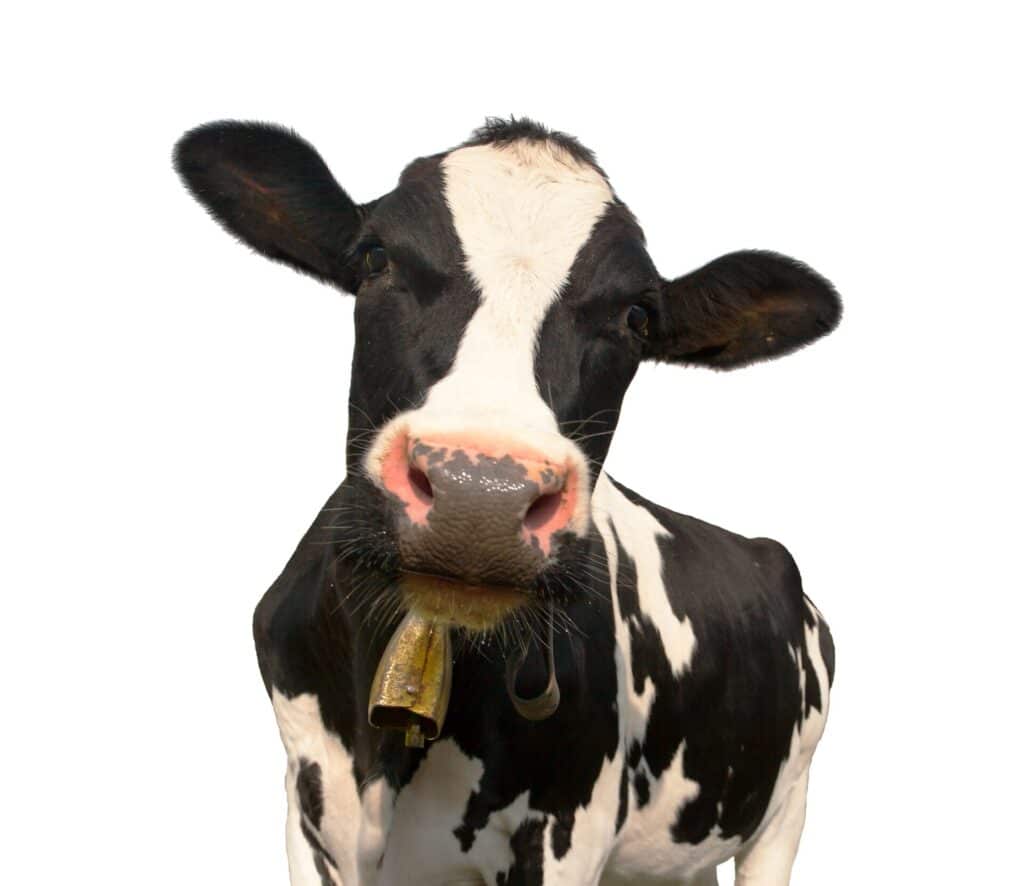
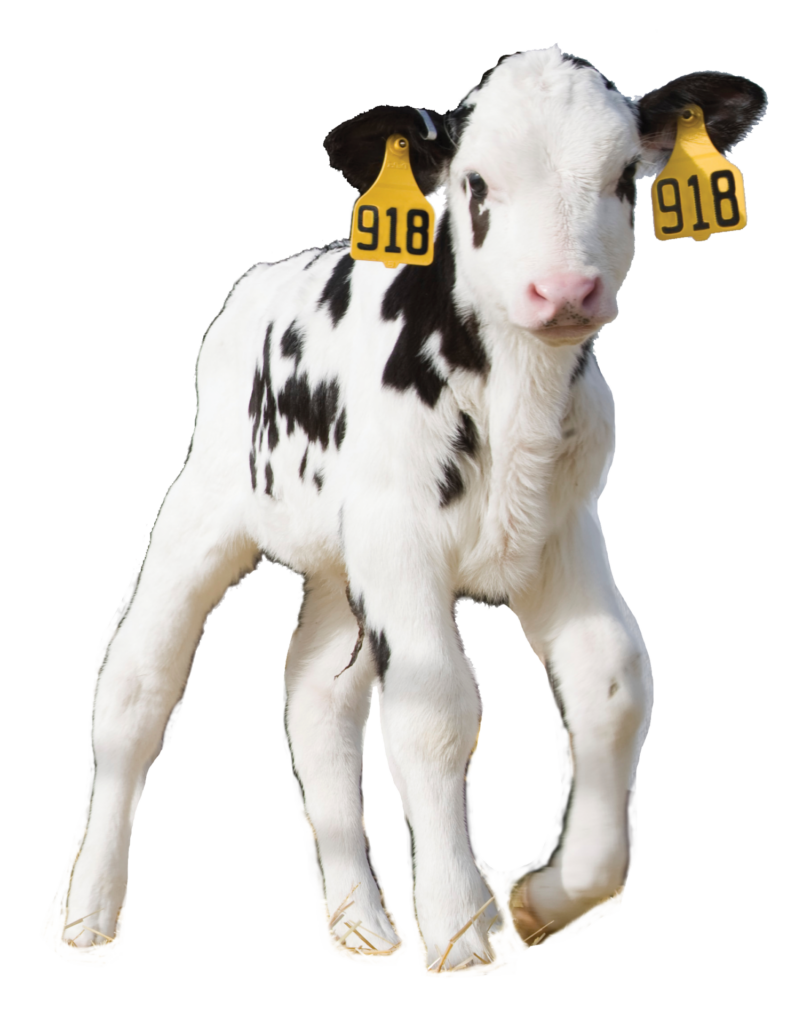
Once a cow has given birth, it begins to produce milk. The cow can be milked for about 300 days. Then it needs to rest up to prepare to have another calf. After that calf is born, the cow again produces milk.
Did you know that milk from the cow is never touched by human hands? It is taken from the cow using a milking unit. This might be a milking machine. Today there are 88 farms in Minnesota that use robots to get milk from their cows! Then the milk is transferred to a tank where it is cooled to 41 degrees (milk comes out of the cow at 100 degrees). A truck comes and picks up the milk and takes it to a milk processing plant. At the plant, the milk is pasteurized and homogenized.
The pasteurization process makes sure that there are no harmful bacteria in the milk. During pasteurization, milk is heated to a high temperature for a very short time. This process does not change the nutritional value of the milk. Homogenization involves breaking down the fat molecules so they will not separate and rise to the top of the container and form a layer of cream. Milk is tested for harmful microorganisms at least nine times before it gets to you to make sure it is safe.
This may sound like it takes a long time to get the milk from the cow to you. But in fact, it is very fast. The process of getting milk from the cow to the grocery store takes about 48 hours. Milk travels less than 200 miles to get to your grocery store.
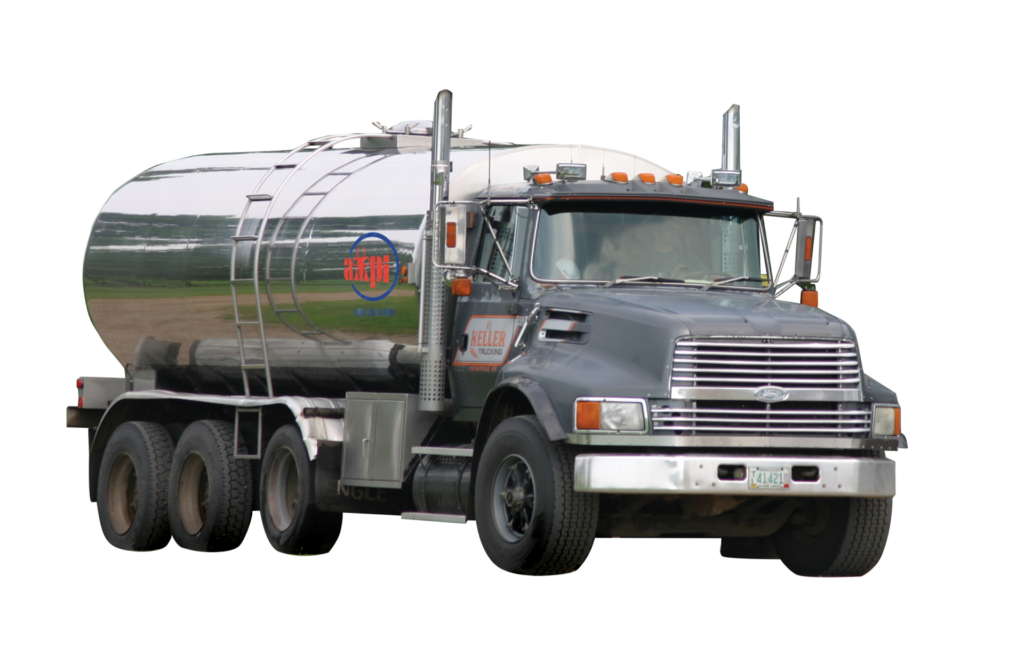
Virtual Field Trips About Dairy
Minnesota Agriculture in the Classroom is showing you around a variety of facilities where dairy is raised, harvested and utilized in a variety of ways. Learn more about Minnesota dairy below!

